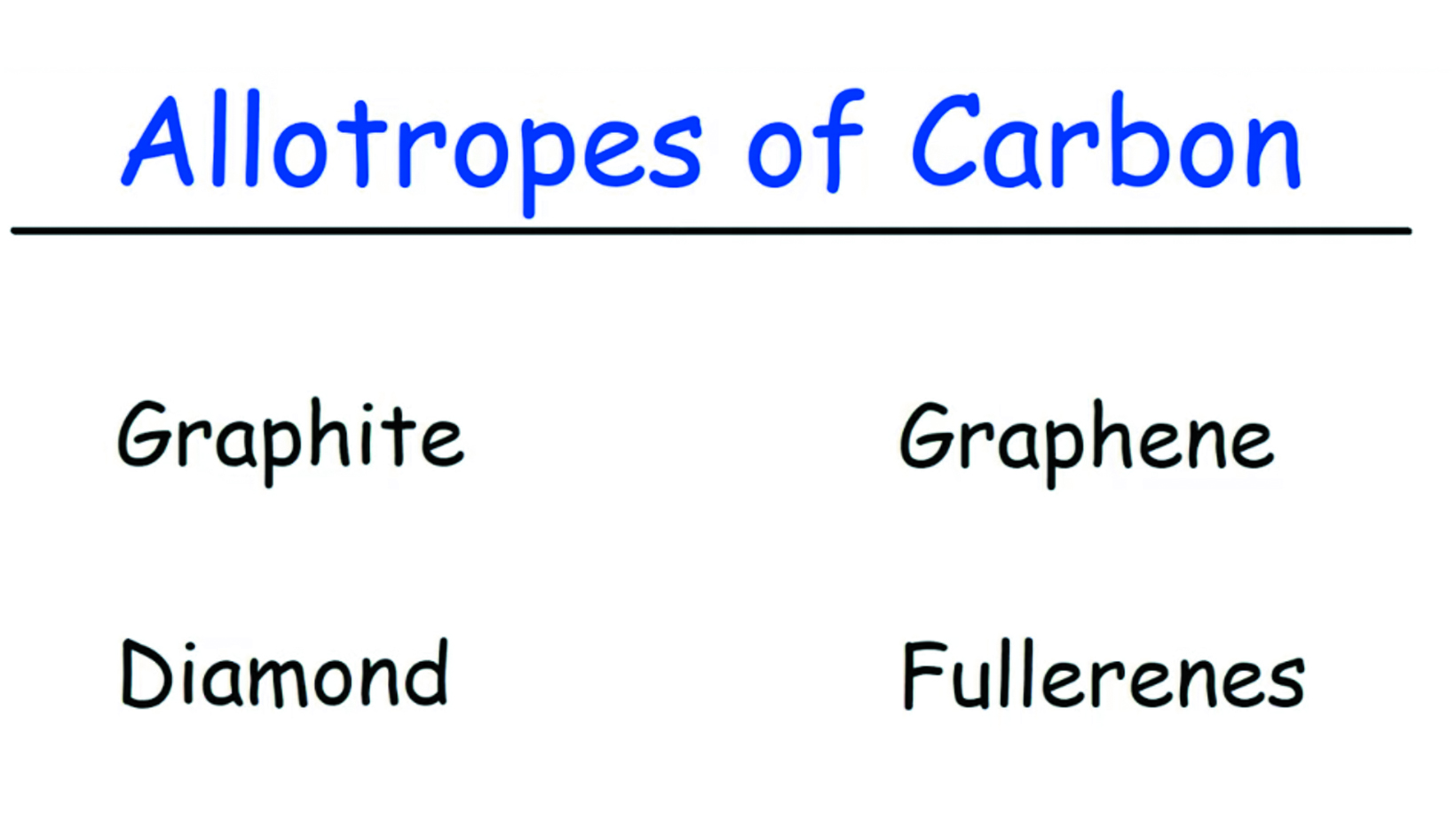Carpetgrass is recognized by the blunt rounded tips of its leaves, flat stolons and a tall seedstalk. It spreads by stolons and can be seeded or sprigged and thrives in areas with mild winters and hot, humid summers. Carpetgrass is well-suited for coastal areas and other regions with high levels of rainfall. Adapted to the middle and lower southern states of the U.S., it has about the same cold hardiness as Centipedegrass. The grass has a light to medium green color and can withstand periodic flooding and saltwater spray, making it a popular choice for lawns near the coast. It will thrive in areas to wet for Bermuda grass and will tolerate more shade.
One of the advantages of carpetgrass is its ability to grow in acidic, sandy, and poorly drained soils. It can tolerate a pH range of 5.0 to 6.5, which is lower than most other turfgrass species. This makes it a great option for lawns in areas with poor soil quality or high acidity levels.
Another benefit of carpetgrass is its shade tolerance. It can tolerate as little as 4 hours of direct sunlight per day, making it an ideal choice for lawns under trees or in shaded areas. However, it still requires some sunlight to maintain its density and vigor.
Carpetgrass has a low growth habit and produces short, upright stems with narrow leaves. Its growth pattern is creeping, and it spreads by above-ground stolons, forming a dense mat. This growth habit makes it effective at controlling weeds and preventing erosion on slopes.
Carpetgrass Maintenance
Compared to other turfgrass species, carpetgrass requires far less maintenance than other turfgrasses. It requires only minimal watering, as it has good drought tolerance once established. However, it is important to water deeply and infrequently to encourage deep root growth.
Mowing frequency will depend on the rate of its growth, which can vary based on climate and soil conditions. It is important to avoid mowing too low, as this can weaken the grass and increase the risk of disease and weed invasion. Mow Carpetgrass from 3/4″ to 2″ but mow more often in the summer to prevent seedstalks.
Regular fertilization is not necessary for carpetgrass, as it can obtain nutrients from less fertile soils. However, an occasional application of a balanced fertilizer can help maintain its overall health and vigor.
One potential issue with carpetgrass is its susceptibility to thatch development. Thatch is a layer of decomposing organic matter that accumulates between the grass blades and the soil surface. Excessive thatch can hinder water and nutrient movement and provide a favorable environment for pests and diseases. To prevent thatch build-up, it is important to properly maintain the grass by regular mowing, overseeding, and occasional core aeration.
Lastly, carpetgrass is a versatile and low-maintenance grass that excels in tropical and subtropical regions. Its ability to thrive in poor soil conditions, tolerate shade, control erosion, and resist drought makes it an excellent choice for lawns in these areas. However, its low tolerance for heavy foot traffic and potential thatch development require careful maintenance to keep it healthy and attractive.
Review our website to learn more and ask for Greensmiths products by name.




